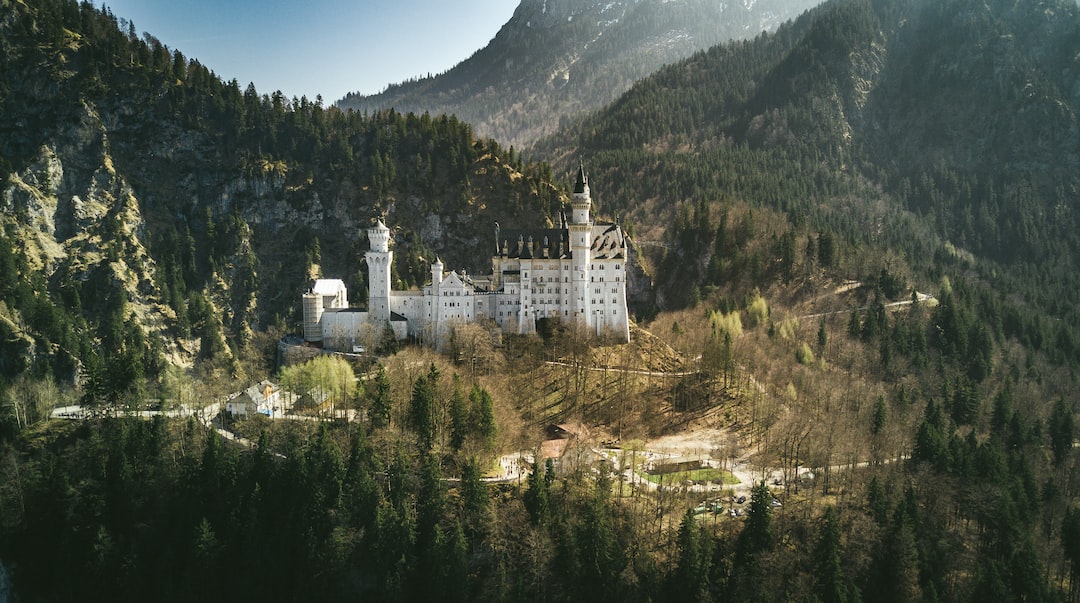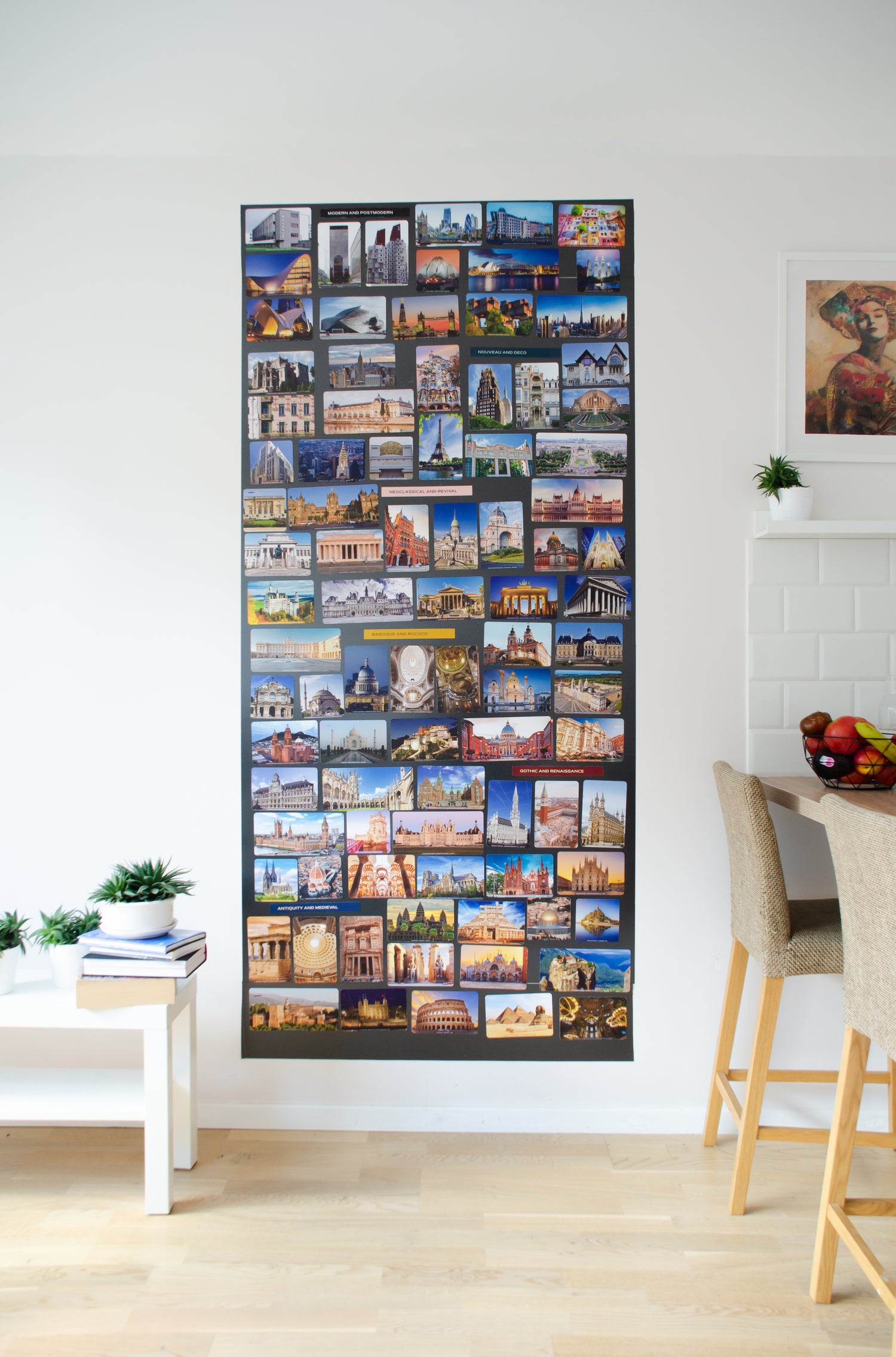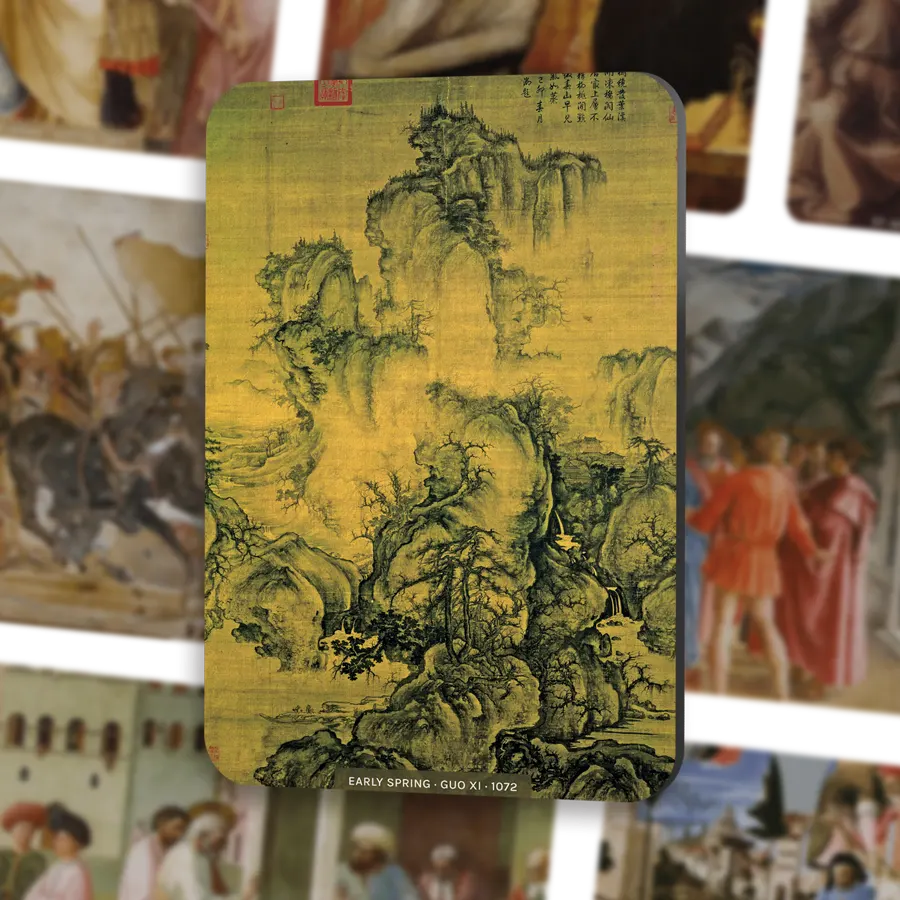Welcome to the mystical world of medieval times! A time of royalty, tales of adventure and chivalry, and immense cultural changes that have shaped our modern society. The medieval period was a time of turmoil, war, and changes, but also of art and innovation that contributed to society's growth in different ways. In this article, we'll explore the legacy of the medieval times and learn about the life of kings, queens, and knights.
What were the Medieval Times?
The medieval ages, also known as the middle ages, were a period that lasted from the 5th century to the 15th century in Europe. During this era, Europe was transformed, with new political, social, and economic structures emerging after the fall of the Roman Empire.
The medieval ages lasted for more than a millennium, starting from the fall of the western Roman Empire in 476 AD and ending with the beginning of the Renaissance in the 15th century.
The medieval era can be defined as a time of cultural change and evolution marked by the emergence of new art forms, like Gothic architecture, and the birth of various European nations. It was also a time when the Roman Catholic Church held tremendous power, with an organized system of papal authority dominating most aspects of the society.
What's the difference between Medieval and Middle Ages?
Medieval and Middle Ages are used interchangeably to describe the era of European history that started around the 5th century AD. However, Medieval is a Latin word meaning "middle," which is where the term "Middle Ages" arises, while the medieval period refers specifically to the time of European history between the Roman Empire's fall and the Renaissance.
The Dark Ages
The medieval period also referred to as the Dark Ages, is called so for its relatively lower technological and literary advancements. The period saw a decline in intellectual activity and technological advancements after the fall of the Roman Empire, leading to lower literacy rates and fewer records available to us today. The medieval period's nickname comes from the perception of a lack of cultural achievements during the era in comparison to the Renaissance period that followed.
What makes Medieval Times so distinct?
While the medieval period may not have been as rich in intellectual and technical advancement as other eras, it is still recognized for its uniqueness in art, architecture, and social systems, such as feudalism. Feudalism was a hierarchical system of knights, lords, and vassals that governed medieval Europe. The period also included epic stories of adventure, knights' adventures, and chivalrous behavior, infused with the religious and spiritual beliefs of the time.
Who were the Knights of Medieval Times?
The Role of Knights in Society
The medieval period saw the rise of social status and power of knights, who were the warrior class and enjoyed much prestige in society. Knights were bound by an unspoken code of chivalry, and valorous behavior became synonymous with the profession. They provided security to their lords and kings and had become an essential part of the European social system.
How were Knights Trained?
Knight training was a lifelong endeavor that started early for young boys, who were sent to castles to learn in the service of lords and knights. The training included horsemanship, jousting, combat techniques, and weapons handling. As they grew, they became squires, working as assistants to the knights, and eventually became knights with accolades from their lord or king.
What were the Knight's Armor and Weapons?
Knights wore steel armor that could weigh up to 100 pounds and had a range of weapons, including the battle-axe, sword, lance, and the famous mace. Armor and weapons evolved during the medieval period, towards lighter, more effective, and sophisticated types that improved the defense and attack mechanisms and reduced the weight of their armor.
What were the Grand Ages of Medieval Times?
The medieval period lasted a millennium and saw several distinct ages, each with its unique characteristics. For instance, the High Middle Ages of the 11th century found religious and intellectual growth, while the Late Middle Ages of the 14th and 15th centuries witnessed calamitous events such as the Black Death pandemic.
The medieval period's defining feature was the reign of powerful kings and queens, such as Henry VIII and Elizabeth I in England, Louis XIV, and Charlemagne, who ruled Europe with a didactic hand and embraced the church's authority. They built awe-inspiring castles and palaces, which still stand today as a testament to the era's grandeur.
The medieval period's legacy is all around us, from the modern legal system that was spawned from the Magna Carta to our fascination with tales of knights and quests. Medieval literature gave birth to classic epics like the tales of King Arthur, the legends of Robin Hood, and the chivalric romances still popular today. The immense advances in architecture, art, and exploration by individuals such as Columbus and Magellan have contributed to shaping our modern society.
What was life like during Medieval Times?
Life in Medieval Cities
Life in cities during the medieval period was primarily centered around the church, the marketplace, and the feudal lords' castles. The majority of the population were peasants who served as manual laborers on estates owned by feudal lords, while more affluent merchants and nobles lived in the town's center. Life in medieval cities was characterized by overcrowding, pollution, and poor trade practices.
Food and Meals During the Medieval Ages
Food in the medieval period was influenced by religious beliefs, and meat, dairy, and ale were staples in the middle ages. Crops such as wheat, oats, and barley, and common vegetables such as carrots, onions, and peas, were also essential parts of the medieval diet.
Religion, Faith, and the Church in Medieval Times
The medieval period also saw religious practices and faith play an essential role in society. The Roman Catholic Church was the central institution, and religious festivals and holidays marked the calendar. Marriage was considered a sacrament, and people were under the spiritual guidance of their local priests.
In conclusion, the medieval period marks a crucial phase in European history, marked by its distinct cultural, social, and intellectual developments. It was a time of great change, and its legacy continues to influence modern culture in art, literature, and ethics. Understanding this period is central to understanding the historical development of the world we live in today.
Learn more about medieval times through Antiquity and Medieval ScienceWall Magnetic Cards.
Q: Can you provide a brief overview of the medieval period?
A: The medieval period, also known as the Middle Ages, spanned from the 5th to 15th centuries and was characterized by feudalism, the rise of Christianity, the Black Death, and significant cultural and intellectual developments such as Gothic architecture and scholasticism.
Q: Who were some famous medieval kings and queens?
A: Some notable medieval monarchs include King Arthur of England, Charlemagne of the Franks, Eleanor of Aquitaine of France, and Richard the Lionheart of England.
Q: What were the Crusades?
A: The Crusades were a series of military campaigns sanctioned by the Catholic Church that took place between the 11th and 13th centuries. They aimed to regain control of the Holy Land (modern-day Israel and Palestine) from Muslim forces.
Q: What is the significance of medieval art and architecture?
A: Medieval art and architecture reflected the religious and cultural values of the time and helped to shape the aesthetic principles of Western culture. Notable examples include illuminated manuscripts, stained glass windows, Gothic cathedrals, and tapestries.
Q: What was the feudal system?
A: The feudal system was a hierarchical social system that dominated medieval Europe. It was based on the exchange of land for military service, with the king at the top, followed by lords and vassals, and peasants at the bottom.
Q: What was the role of women in medieval society?
A: Women in medieval society were generally confined to traditional roles as wives and mothers. However, some women of noble birth wielded significant political power, such as Eleanor of Aquitaine and Isabella of France.
Q: What was the Black Death?
A: The Black Death was a devastating pandemic that swept through Europe in the mid-14th century, killing an estimated 25 million people. It was caused by the bacterium Yersinia pestis, which was spread by fleas carried by rodents.
Q: What was the significance of the Magna Carta?
A: The Magna Carta was a charter of rights that was signed by King John of England in 1215. It established the principle that everyone, including the king, was subject to the law and helped to lay the foundation for modern democracy and individual rights.




